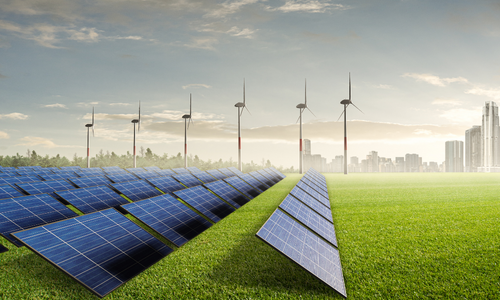Energy Management
Energy management covers areas of energy efficiency, renewable energy, and reducing carbon footprint. Here, companies can find information on energy management, an energy efficiency checklist, and links for funding sources and tax credits.

Instituting an energy efficiency program by installing renewable energy technology pays many dividends by reducing operating costs, air pollution, and greenhouse gas emissions. States, utilities and the federal government are providing funding opportunities and tax credits to encourage companies to undertake physical changes to their facilities and equipment.
Benefits of Energy Efficiency
Printing operations should be aware of and work to reduce energy consumption. A key measure of the environmental impact of energy use is a facility’s carbon footprint. Reducing a company’s carbon footprint will improve energy efficiency, encourage use of renewable energy resources, and help to offset emissions.
Reducing energy consumption has many benefits, especially financial and environmental. Low-cost financing and tax deductions provide additional incentives for companies. In fact, reduced-consumption, increased efficiency, and renewable energy resources provide widespread benefits for each element of a company’s triple bottom line—People, Planet, and Profit.
Benefits of energy efficiency include the following:
- Increased efficiency lowers greenhouse gas emissions, other pollutants, and water use.
- Increased efficiency and reduced energy use are typically less expensive than investing in new energy generation. It can create downward pressure on energy source prices.
- Improved efficiency can help with cost savings for operations and maintenance.
- Increased efficiency benefits utility systems by lowering baseloads and peak demand levels, which reduces the need for additional generation and transmission assets.
- Increased efficiency diversifies utility resources which reduces uncertainty associated with fluctuating fuel prices.
The first step to saving energy in your building is to start by looking. Use this checklist to walk around your facility looking for quick ways to save energy. Those quick fixes can add up to big savings. This checklist from EPA’s Energy Star program includes energy-saving measures that can be implemented at no or low cost, or with rapid payback and can reduce energy use by 15 percent or more.

How to Achieve Energy Efficiency
Some low-cost and relatively easy methods to increase energy efficiency in printing operations include:
- Turning off lights and installing motion-sensor lighting.
- Keeping the HVAC system at the recommended settings to reduce any unnecessary energy use.
- Replacing old, heavy energy consumption devices, such as HVAC units, lighting systems and appliances.
- Consider installing low-flow toilets and automatic faucets, because water collection, purification, and distribution, has a high energy profile.
- Use this Life Cycle Costing Calculator from World Class Manufacturing to determine the true cost of different technologies you may want to consider.
- Check the insulation in walls and under the roof. A poorly insulated building can cause a facility to use much more energy than necessary.
- If upgrading your roof, consider newer technologies that can reduce energy consumption, for example, using light-colored roofing materials in areas where the weather is consistently warm. The light roof reflects sunlight and does not absorb heat as readily as dark-colored roofing.
Carbon Offsets
Carbon offsets are a valid way to reduce your overall carbon footprint by reducing carbon emissions elsewhere to compensate for emissions you are producing. There are two ways your company may be involved with carbon offsets, either voluntarily or by government mandate.
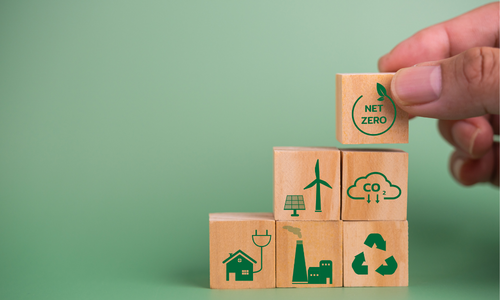
Many states currently operate a market-based policy, or cap-and-trade system, to reduce greenhouse gas emissions. These programs focus on large emitters such as power plants, steel mills, chemical refineries, etc. and set a price on carbon as an incentive for reductions by major emitters. Businesses with emissions lower than the government cap can sell their unused credits to businesses that are struggling to reduce their emissions to be within regulatory standards.
Businesses can also balance out their carbon footprint by funding projects that reduce greenhouse gases. These projects may include funding carbon sequestration and storage, reforestation, reducing deforestation, preventing greenhouse gas release, and generating clean energy.
The most common way for a business to purchase offsets is through a company that develops offset projects such as Carbonfund or TerraPass. Businesses may also purchase offsets by directly funding a project, such as technology to capture and utilize methane at a landfill or by buying offsets through market exchanges.
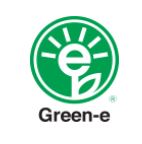
Green-e®, a program of the Center for Resource Solutions, provides clean energy and carbon offset certification, making it easy for businesses and individuals to purchase verified clean energy with confidence, and for consumers to choose sustainable products and services. As a third-party certifier, Green-e® doesn't sell renewable energy or offsets but offers links to retailers that do. Find more at Green-e Certified Resources.
Renewable Energy

Renewable energy is energy produced from sources like the sun and wind that are naturally replenished and do not run out. Renewable energy can be used for electricity generation, space and water heating and cooling, and transportation. Non-renewable energy, in contrast, comes from finite sources that could get used up, such as fossil fuels like coal and oil.
Clean Energy Future

The demand for renewable energy has never been greater. The technological advances, increased interest, cost effectiveness, and tremendous economic potential make these projects a promising path for diversifying our national energy portfolio while at the same time combatting climate change and investing in communities. Companies that choose to invest in renewables will benefit by reducing their energy costs and carbon emissions while also accelerating our nation’s transition toward a clean energy future.
Financing Renewable Energy and Efficiencies
U.S. Environmental Protection Agency (EPA)
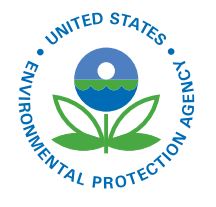
EPA’s Green Power Partnership (GPP) is a free, voluntary program open to businesses of all sizes. The partnerships with organizations and communities increase demand for green power.
NEW! GPP has created two new websites. The first, Green Power Markets, provides tools and resources to understand and engage with green power in the United States.
NEW! The second GPP website is an important resource to learn about how to access the updated renewable energy tax credits in the Inflation Reduction Act. Green Power Partners and other stakeholders can use these incentives to invest in clean energy, reduce emissions, and accelerate the transition to a clean energy economy.
The updated IRA tax credits reduce renewable energy costs for more organizations – businesses, nonprofits, educational institutions, and state, local and tribal governments. IRA will also offer grants and incentives to reduce air pollution, with an emphasis on reaching disadvantaged populations and communities with environmental justice concerns.
ENERGY STAR
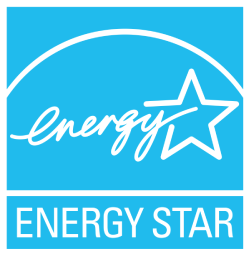
Visit Clean Energy Programs for a variety of EPA offerings. One such program is ENERGY STAR, a voluntary program that helps businesses and individuals save money and protect our climate through superior energy efficiency.
- Find rebates and special offers near you on ENERGY STAR certified products: Rebate Finder
- Find rebates for commercial building equipment like HVAC, building controls, commercial lighting systems, VFDs, or fans, in your area: Utility Genius Rebate Finder
- ENERGY STAR also has recommendations for energy efficiency products and how to improve efficiency in your building.
- Review ENERGY STAR's comprehensive Building Upgrade Manual. While the entire manual may be of use, Chapter 4 discusses financing.
- The Database of State Incentives for Renewables & Efficiency (DSIRE) is the largest and most up-to-date listing of state, federal, local, and utility incentives and policies that support renewable energy and energy efficiency projects.
U.S. Office of Energy Efficiency and Renewable Energy (EERE)
 The Office of Energy Efficiency and Renewable Energy (EERE) is a U.S. Department of Energy (DOE) agency working to build a clean energy economy that benefits all Americans. Learn about EERE's work in energy efficiency, renewable energy, and sustainable transportation, and how you can become a Clean Energy Champion.
The Office of Energy Efficiency and Renewable Energy (EERE) is a U.S. Department of Energy (DOE) agency working to build a clean energy economy that benefits all Americans. Learn about EERE's work in energy efficiency, renewable energy, and sustainable transportation, and how you can become a Clean Energy Champion.
- EERE’s funding programs advance clean energy technologies to ensure an equitable transition to a decarbonized economy. Search for funding opportunities and apply for EERE funding.
- Use this EERE tool to calculate Commercial Building tax deductions as well as this Clean Energy Financing Guide.
- Better Buildings is an initiative of the DOE and suggests ways to finance energy efficiency and renewable energy projects in buildings that you own or occupy. The Better Buildings Navigator helps you cut through this complexity to secure financing that works for you.
- Green Lease Leaders is a comprehensive site dedicated to green leasing. It was developed by the Institute for Market Transformation (IMT) with support from the DOE's Better Buildings Alliance.
